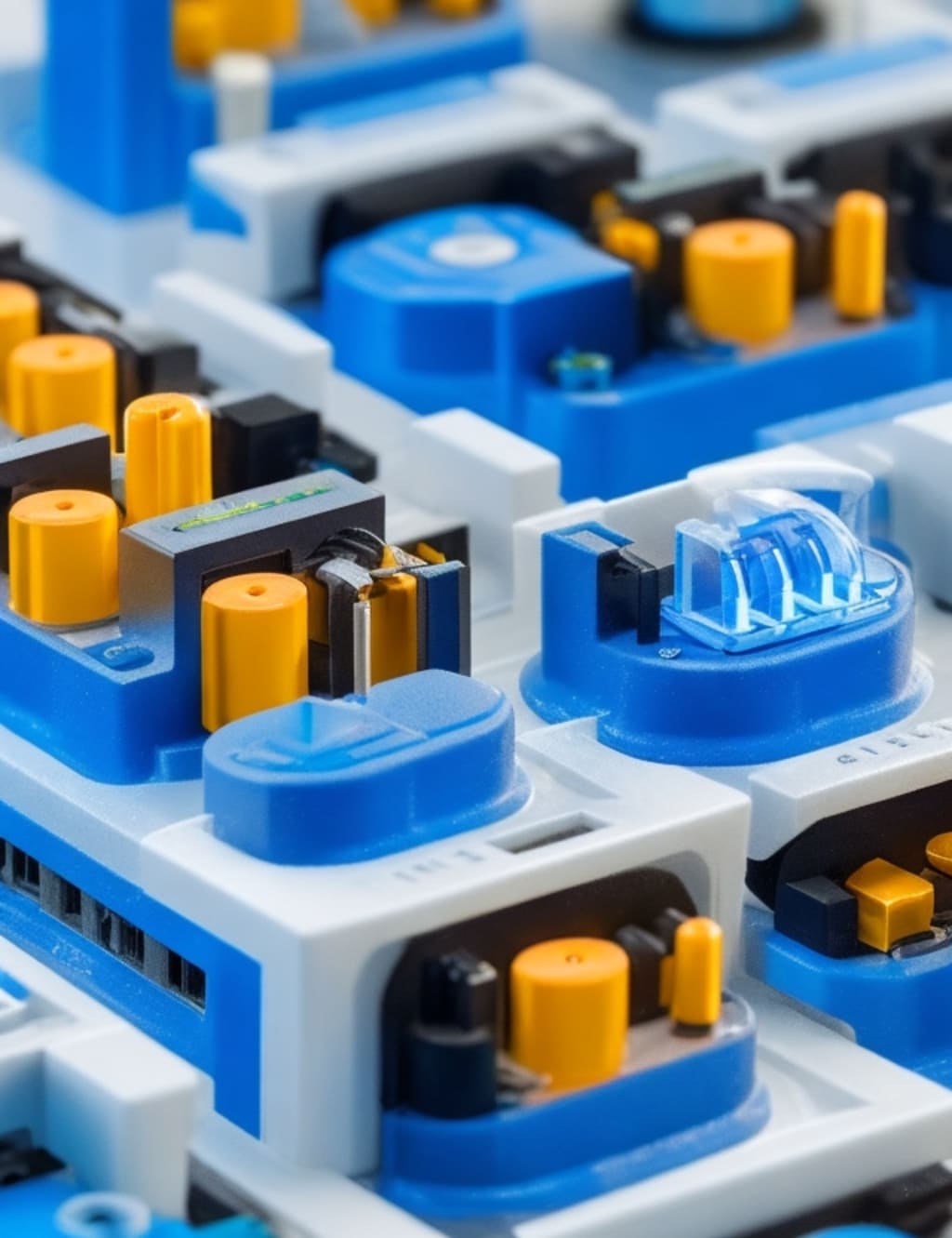
As technology continues to evolve, the demand for more efficient and versatile rechargeable batteries has become increasingly evident. Private companies and research laboratories are now engaged in a competitive race to develop a revolutionary battery that offers enhanced power, superior safety measures, rapid charging capabilities, and an extended lifespan. Moreover, the potential for batteries to adopt any desired shape opens up new possibilities for integration into various products. Among these innovative approaches, one company stands out by pushing the boundaries even further—Sakuu aims to redefine the conventional perception of batteries through 3D printing technology.
Understanding Batteries
To comprehend the potential impact of Sakuu's 3D printed batteries, it is essential to grasp the fundamental principles of battery functionality. Traditional batteries convert chemical energy into electrical energy. They consist of a cathode (positive end), often represented by a zinc-coated nail, and an anode (negative end), typically represented by a copper penny. These two ends are connected by an electrolyte, such as a potato, which facilitates the flow of electrons between them. This electron flow generates electricity, powering devices connected to the battery.
Challenges with Lithium-Ion Batteries
Lithium-ion batteries have proven to be highly successful in the realm of rechargeable batteries. However, the industry acknowledges the need for further improvements. Startups are currently focusing on enhancing two crucial elements of battery design: the electrolyte and the anode. Traditional batteries employ liquid electrolytes containing lithium ions, known as lithium-ion batteries. Although liquid electrolytes are excellent conductors, they pose safety risks when damaged or exposed to high temperatures. Numerous incidents involving lithium-ion battery failures have highlighted the need for a more stable and non-flammable alternative. To address this, companies are exploring solid-state batteries that employ electrolytes made from ceramics, glasses, or polymers.
Moreover, researchers are actively seeking more powerful materials for the anode component. Graphite is commonly used in traditional lithium-ion batteries, offering satisfactory performance. However, the pursuit of even greater capacity has led to the exploration of lithium metal as an alternative anode material. While lithium metal exhibits higher capacity than graphite, it is challenging to work with due to the formation of microscopic structures called dendrites, which can cause short circuits in the battery. Solid-state materials show promise in mitigating this issue, offering mechanical resistance to dendrite formation while facilitating the smooth movement of ions.
Sakuu's Vision: 3D Printed Solid-State Batteries
Sakuu, a California-based company, envisions a future where 3D printing technology revolutionizes battery manufacturing. They are developing solid-state batteries with lithium metal anodes and aim to leverage 3D printing to bring their vision to reality. Traditional battery manufacturing employs a roll-to-roll process, where materials are rolled into long sheets and subsequently cut into individual battery layers. In contrast, 3D printing enables Sakuu to create batteries layer by layer, optimizing space utilization and ultimately enhancing the battery's overall capacity.
Sakuu's innovative 3D printing platform, known as Sakuu Kavian, is capable of printing various materials, including metals, ceramics, and polymers. This versatile approach holds the potential to significantly accelerate the battery manufacturing process. By stacking layers tightly and conducting simultaneous quality control, Sakuu's prototype printer demonstrates the ability to produce fully functional batteries. The flexibility of 3D printing not only allows for increased power and improved safety but also offers the freedom to design batteries in custom shapes. This breakthrough technology enables batteries to become an integral part of various products, such as AR/VR glasses or the case of a cell phone.
Challenges and Future Outlook
While Sakuu has successfully printed solid state battery prototypes in their lab, they are still in the process of optimizing the printing process and have not yet fully printed a battery using their prototype. The company has chosen to keep certain proprietary aspects of their technology undisclosed at this stage. Despite this, Sakuu remains committed to refining their manufacturing process and has begun constructing their first factory. They aim to provide sample batteries to their clients by 2023, demonstrating the feasibility and effectiveness of their innovative approach.
Sakuu is not alone in exploring the potential of 3D printing for battery production. Other companies, including Blackstone Resources and Photocentric, are also actively researching and developing 3D printed batteries. While these advancements are underway, lithium-ion batteries continue to improve in terms of cost and performance, posing a formidable challenge to newcomers in the battery industry.
To succeed in this competitive landscape, aspiring disruptors must not settle for marginal improvements. The ultimate goal is to perfect the new materials and manufacturing processes, ensuring that the batteries are durable and capable of meeting the evolving demands of various applications. Achieving this level of perfection is crucial for batteries to power the technologies of the future, such as electric vehicles and large-scale energy storage for renewable energy grids.
Conclusion
The future of rechargeable batteries is undergoing a transformative phase, driven by the pursuit of enhanced power, improved safety, faster charging, and longer lifespans. Sakuu's ambitious exploration of 3D printing technology in battery manufacturing represents a significant step toward achieving these goals. By utilizing solid-state batteries with lithium metal anodes and leveraging the flexibility of 3D printing, Sakuu aims to revolutionize not only the performance of batteries but also their form factor. The ability to create batteries of various shapes and sizes opens up new possibilities for seamless integration into a wide range of products. While challenges and competition persist, the industry's relentless pursuit of innovation ensures that the next generation of rechargeable batteries will power a future defined by sustainable and efficient technology.





Comments
There are no comments for this story
Be the first to respond and start the conversation.